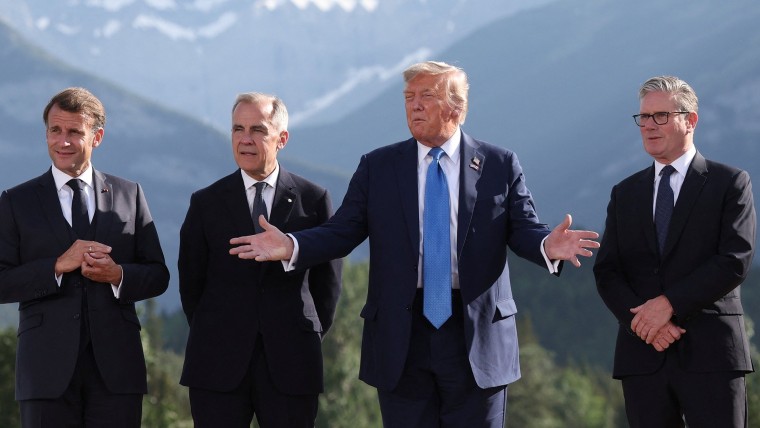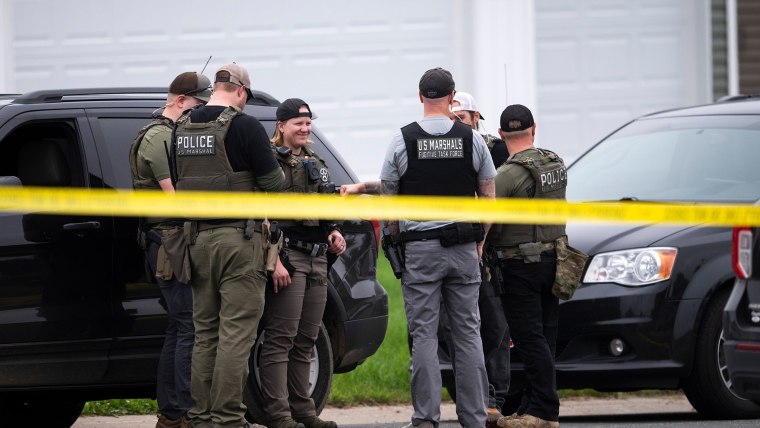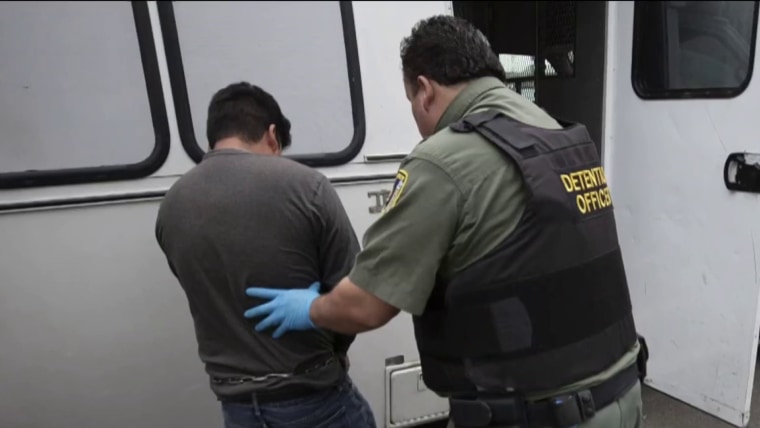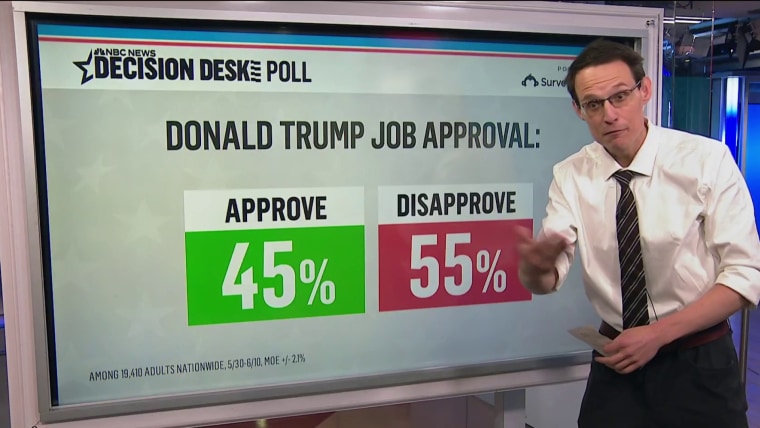How Minnesota shooting conspiracy theories hijacked social media
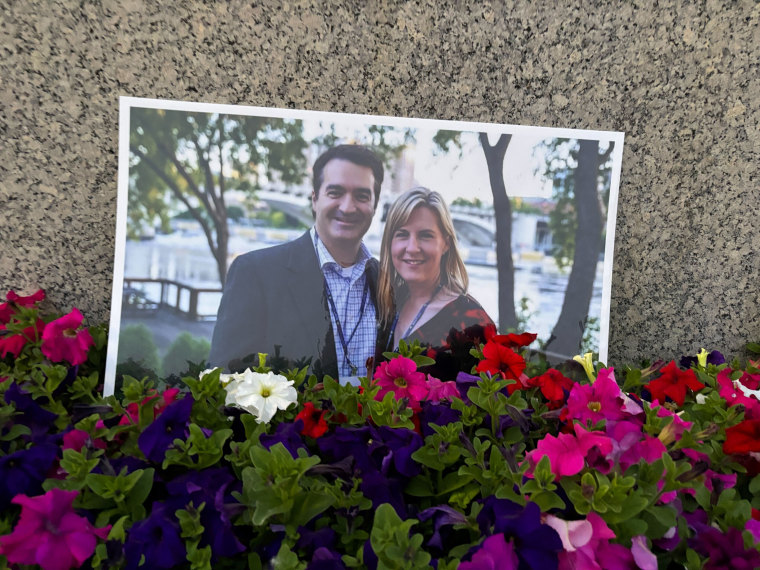
In the hours after the weekend shooting spree targeting Democratic lawmakers in Minnesota, information was still just trickling out. Most Americans were beginning to learn about the assassination of one lawmaker and the attempted assassination of another Saturday morning.
With the information vacuum online, conspiracy theories were already beginning to flood in.
Before authorities had even announced a suspect and just an hour after news of the shooting broke, right-wing pundits and agitators began to spread ideas about who they thought did it and why. And when the suspect’s name was published, opportunists online baselessly asserted that he must have been a leftist activist whose alleged crimes were somehow tied to the issue of health care for illegal immigrants.
The claims weren’t confined to the political fringe. Tech billionaire Elon Musk, two Republican U.S. senators and other high-profile figures shared rumors about the shooting on X, the app that Musk owns, and some conspiracy posts on X tallied millions of views.
“There was a lot of speculation going on, simply because there’s a lack of information,” said Erik Nisbet, a professor of policy analysis and communication at Northwestern University.
It’s now a pattern after tragic news events: Moments after a notable death or a crime, social media influencers accuse political rivals of guilt or complicity with little to no evidence, and when their theories turn out to be unfounded or false, neither the influencers nor the social media companies are held accountable.
Other recent examples of the pattern include the attempt to assassinate Donald Trump last July in Pennsylvania and the assumption by some people that every mass shooting suspect is transgender.
More information about the suspect in Minnesota has now come to light. Authorities arrested the suspect, Vance Boelter, late Sunday and have charged him with the murder of state Rep. Melissa Hortman and her husband, Mark, and the nonfatal shooting of state Sen. John Hoffman and his wife, Yvette.
Hortman was a member of the Democratic-Farmer-Labor Party, as is Hoffman. Boelter’s car had notebooks with the names of more than 45 state and federal elected officials, acting U.S. Attorney Joseph Thompson said Monday. The federal criminal complaint against him says officials named in the notebooks were “mostly or all Democrats,” and several Democrats said Monday they had been notified that their names were in the notebooks.

Boelter was a strong supporter of Trump and voted for Trump, his roommate David Carlson told NBC affiliate KARE of Minneapolis.
But those statements stood in stark contrast to the narrative that had already developed online.
The shootings happened early Saturday, and the facts came out slowly. Minnesota Gov. Tim Walz, a Democrat, posted on X at 7:35 a.m. local time that he’d been briefed on the shootings.
About an hour later, at 8:48 a.m. in Minnesota, the pro-Trump co-founder of a right-wing online publication floated the idea that the lawmakers were targeted from the left. Jason Robertson, whose X account often sides with Trump, noted that Hortman broke party lines recently to revoke Medicaid benefits for undocumented immigrants. “I’m sure its just a coincidence,” he wrote, along with a GIF of a winking Steve Carell. (He also falsely said Hoffman broke party lines on the same vote, although he didn’t.)
His post had received 111,000 views as of Monday. In a direct message to NBC News, he defended it as a “factual statement.”
Over the next hour, other accounts on X chimed in with similar comments. A pseudonymous self-described MAGA supporter in Texas posted at 9:26 a.m., “Their own attacked them.” Another pseudonymous X user who identified as a Midwesterner described the shootings as “Blue on Blue violence” in a post at 9:59 a.m.
Then, a photo posted by law enforcement caused confusion.
At 11:03 a.m., the Minnesota State Patrol shared a photo on X that it said showed the inside of the suspect’s vehicle. The photo showed stacks of “NO KINGS” flyers on a seat, apparently referring to street protests that were planned for later Saturday. Authorities said at a news conference that they were sharing the photo to warn people that it might be unsafe to attend the protests in case the suspect was there intending harm. But some people on X had the opposite interpretation, taking the photo as evidence that the suspect was a sincere protester opposed to Trump.
The suspect’s name leaked shortly before 12 p.m. Minnesota time Saturday, giving amateur sleuths and conspiracy theorists additional fodder. Searching his name, some influencers seized upon a connection between Boelter and state government: In 2016, a previous Minnesota governor had appointed Boelter to a state advisory board about workforce development, and Walz had later reappointed him to the same board. But the connection was thin, according to Minnesota-based fact-checkers: The board has about 60 members, many of whom aren’t politically connected and would have no meaningful access to the governor, The Minnesota Star Tribune reported. There are more than 130 such advisory councils in the state’s government, the newspaper added.
Some people assumed that the advisory board seat was of great significance, using it as a basis to refer to Boelter as an “associate” of Walz.
At 12:02 p.m. CT, Mike Cernovich, a far-right agitator, posted a smear of Walz, the former vice presidential candidate, in the form of a question asking whether he had had a role in the death of a “political rival.” His post had 1.3 million views as of Monday. In a direct message on X, Cernovich defended his post to NBC News, writing: “I didn’t accuse him of anything. I asked a question.”
At 12:19 p.m., Sen. Bernie Moreno, R-Ohio, posted on X about the shootings that “the extreme left” had become “terrifying.” Moreno’s office did not respond to a request for comment Monday.
Musk posted about the shootings at 1:11 p.m., writing, “The far left is murderously violent.” His post had more than 52 million views as of Monday. Musk did not respond to a request for comment Monday.
Sen. Mike Lee, R-Utah, posted several times about the shooting over the weekend, including three posts in which he blamed it on “Marxism” and one in which he tried to tie it to Walz. Lee’s posts sparked a furious response from Democrats, who said he was making jokes about murder, and Sen. Tina Smith, D-Minn., said Monday that she personally confronted Lee about his “cruel” posts. Lee’s office did not respond to a request for comment Monday.
Democratic National Committee Chair Ken Martin, who is from Minnesota, expressed fury at the rumors that spread mostly unchecked on social media.
“The pain that families, loved ones, and community members including myself are experiencing following the brutal attacks on our leaders — and friends — in Minnesota has only been compounded by the rampant disinformation campaign pushed by the far-right and uplifted by cynical politicians who prefer to weaponize a tragedy through shameful lies than call for unity and compassion,” Martin said in a statement.
“This disgusting rhetoric plays no small part in how we have reached this dangerous political moment in our country, and instead of speaking truth, we have prominent far-right leaders and elected officials playing with matches around the tinderbox,” he said.
Social media platforms have birthed viral rumors for more than a decade, but in recent years some online platforms have shifted radically away from content moderation and fact-checking while monetarily incentivizing viral posting. After Musk bought Twitter, which he renamed X, the service reinstated many previously banned users, stopped enforcing some rules about hateful content and began sharing revenue with users if they get engagement. This year, Instagram and Facebook’s parent company, Meta, stopped fact-checking in the United States. Meta is rolling out a crowdsourced “community notes” system, like a system on X in which users submit their own addenda to other users’ posts, which other users then vote on. Use of the system on X has plummeted since the beginning of this year, according to an NBC News analysis. X didn’t respond to a request for comment on the conspiracy theories on its app.
Now, the apps are fertile ground for hoaxes and unconfirmed accusations to spread, experts said.
“The design of social media platforms facilitates and even incentivizes this kind of rumoring and political point-scoring in the wake of crisis events,” Kate Starbird, a professor and co-founder at the Center for an Informed Public at the University of Washington, said in an email.
“Some of the most prominent accounts on X gained their audiences by strategically posting breaking news content with a political angle for clicks and follows,” Starbird said.
Even though federal prosecutors filed a criminal complaint against Boelter, Republicans continued to spread the seemingly false narrative Monday.
Donald Trump Jr. told an interviewer with NewsNation that the Minnesota suspect “seems to be a leftist.” When the interviewer, Connell McShane, said, “He voted for your dad,” Trump didn’t budge, responding, “I’ll believe that when I see it.”
Experts said conspiracy theories like the ones about Minnesota serve two aims: to make the political opposition appear evil and to pre-empt claims about extremism on your own side.
“These types of conspiracy theories or disinformation campaigns — they serve political interests,” said Jeffrey Blevins, a professor at the School of Public and International Affairs at the University of Cincinnati.
“Instead of, ‘Look how radicalized my side of the aisle has become’ — oh, no, ‘it’s their side of the aisle that is radicalized, and we don’t have to deal with this now. It’s their fault,’” he said.
Nathan Walter, an associate professor of communications studies at Northwestern University, said online rumors are especially successful if they’re established early in the news cycle, as appeared to happen in Minnesota’s news vacuum.
“There’s this rush to create the first narrative, and this is really crucial if you want to spread misinformation. And it’s not very difficult, because it will always take more time for the real information to come out,” he said.
“Once the narrative takes hold, it’s very, very difficult to debunk,” he said.


